(882 products available)




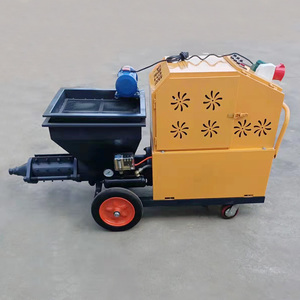






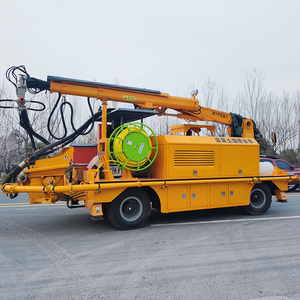




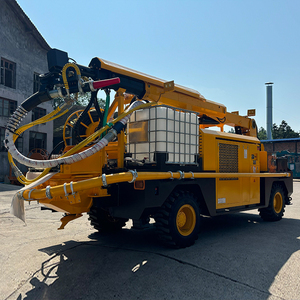

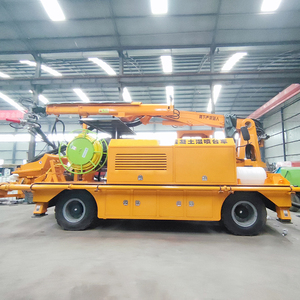



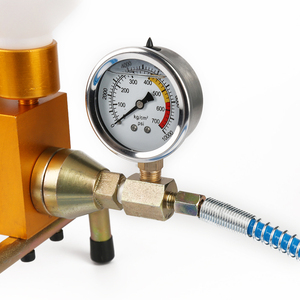











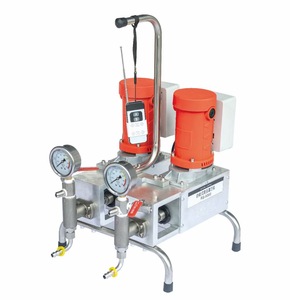
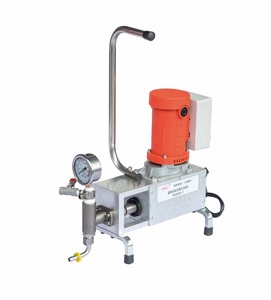
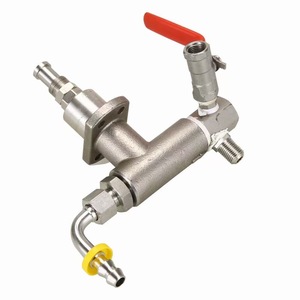

























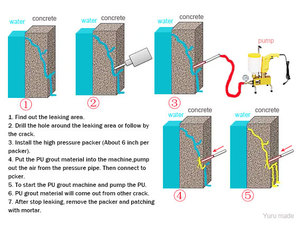















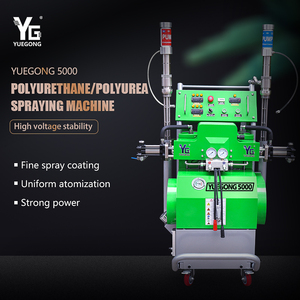


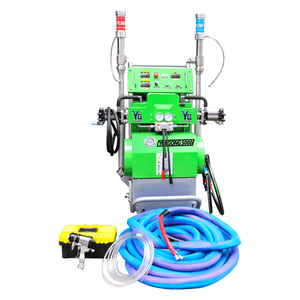


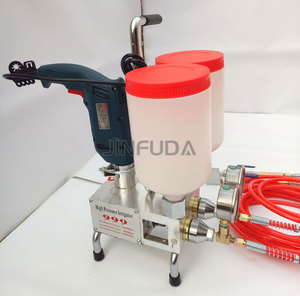
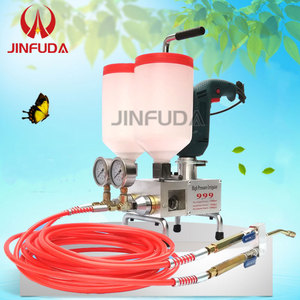





















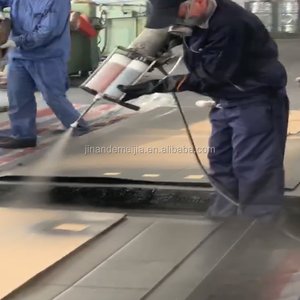
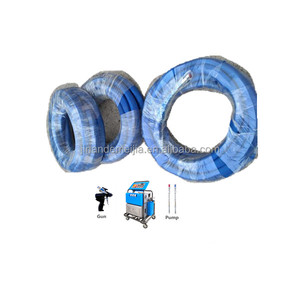



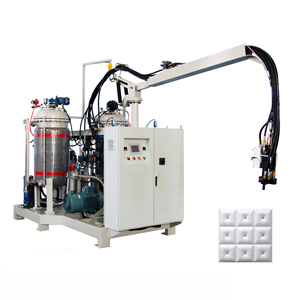










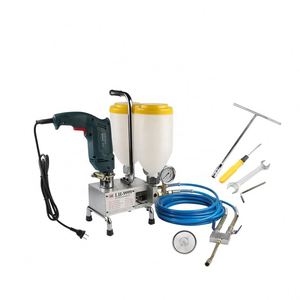

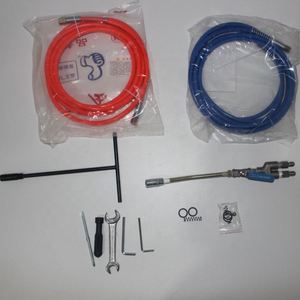
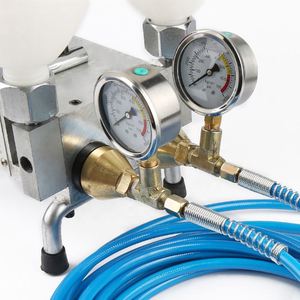
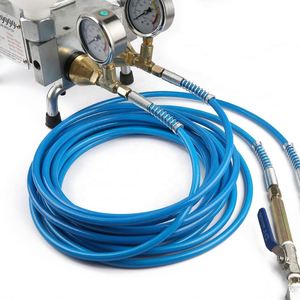
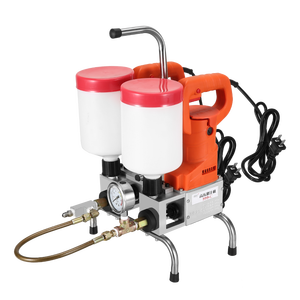















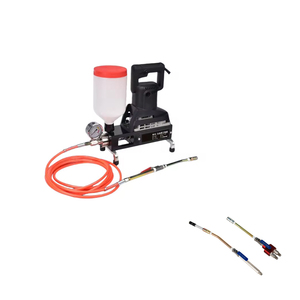











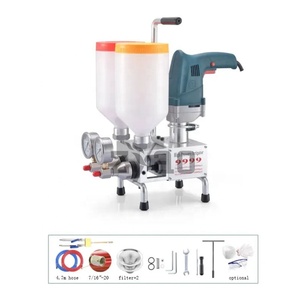

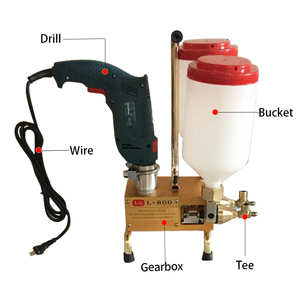



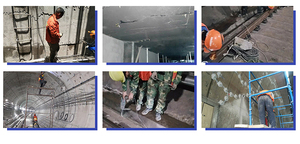




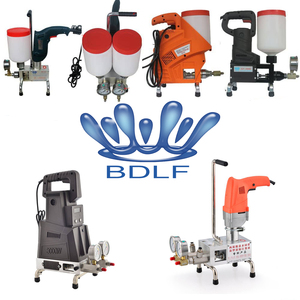




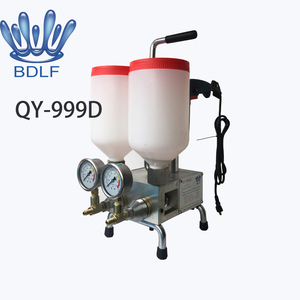









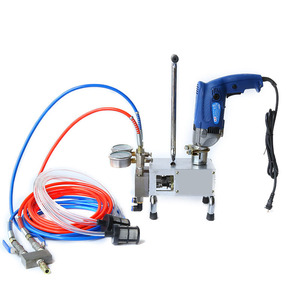
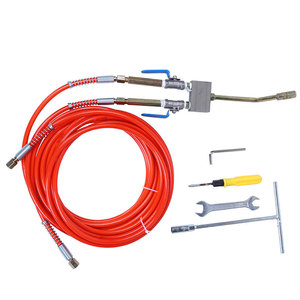












The two component injection grouting machine, also known as double injection grouting machine is widely used. This equipment can be divided into two major types based on discrimination, i.e., pneumatic double-component grouting machine and double electric injection grouting machine, and each of which has its own individual application areas.
The key specifications to note when buying a two component injection grouting machine include the type, volume/ capacity, pressure and flow rate, ratios, power, and weight/ dimensions.
Grouting machines need regular servicing to keep them in good working condition. Here are some useful maintenance tips.
Two component injection grouting machines have a wide range of applications in the construction industry.
Structural repair
These machines are used to inject epoxy or polyurethane formulas into weakened structures, like bridges, beams, and columns, to enhance the stability and strength of these structures.
Leak sealing
Epoxy and Polyurethane injections made by grouting machines can seal leaks in concrete or rock formations, particularly in dams, wharfs, or below-ground water levels, making the structures water-proof and reducing further erosion.
Soil stabilization
These machines can inject stabilizing materials into the soil to enhance load-bearing capacity and prevent landslides and settlements.
Joint sealing
The machines precisely inject sealants into construction joints or cracks to create flexible, water-resistant joints that can accommodate structural movement.
Anchoring
They can inject adhesive resins into pre-drilled holes to create secure anchors for steel rods or bolts in rock or concrete.
Micro piling
Grouting machines can inject slurry or grout into the soil to create small-diameter piles for load transfer in weak soil conditions.
Construction of frosty layers
Such machines are often used to construct frost layers in the soil by injecting specific materials to improve soil properties and prevent frost heave.
Injection of insulation materials
These machines can be used to inject insulation materials like polyurethane foam into wall cavities or voids for thermal insulation and energy efficiency.
When purchasing two component injection grouting machines for sale, make sure to invest in quality equipment. Supply the following key areas to ensure a safe, effective, and profitable grouting operation.
Advice from people in the industry
Speak to engineers familiar with grouting systems and specifying engineers. Finding out what systems have proven well in the field is valuable information. Those instantiations can point to suppliers to consider and, more importantly, those to avoid.
Supplier support
Look for suppliers that can provide around-the-clock support, training, and repair services. Whenever a system has a problem, it is crucial to have someone available to address it, and great backup makes all the difference.
Quality, ease of use, and safety
Invest in a high-quality two-component injection grouting machine that will perform efficiently and reliably for many years. Always put safety first. Choose a system designed for safe operation with well-thought-out features that minimize operator exposure to hazards.
Cost and value
Consider more than just the cost of the machine when making a purchase. Take the grouting system's overall value, including its performance, reliability, safety, ease of use, and the level of support provided by the supplier. As experienced engineers know, buying a machine at the lowest cost can be the most expensive choice in the long run due to poor performance, high failure rates, and little supplier support.
Choose reliable materials
Consider material compatibility and opt for machines made with durable materials that can withstand the harsh caustic chemicals found in some grout formulations.
Q1: What are the main components of a two-component injection grouting machine?
A1: Advanced two-component injection grouting machines may have different configurations, but the basic components include a pump system, injector system, mixing system, control system, pressure gauge, and valve.
Q2: How does a two-component injection grouting machine work?
A2: The two-component injection grouting machine works by simultaneously, or in some cases, sequentially injecting the two reactive components into the mixing cavity. The two components react chemically after mixing, and the operator uses the injection regulator to inject the formed material into the target cavity.
Q3: What are the advantages of using a two-component injection grouting machine?
A3: The two-component injection grouting machine has many benefits. It can quickly form materials with high density and low permeability. It can protect structures from water intrusion and damage. The machine can inject the components into the smallest voids. It has the capabilities to control the pressure and volume of the injected grout.
Q4: Can all types of grouts be used with a two-component injection grouting machine?
A4: No, not all grouts are suitable for use with the machine. Only those that can provide satisfactory results when injected through the mixing nozzle and pump are acceptable. Generally, rapid-setting chemical grouts are ideal for inversion pumping techniques with two-component injection machines.